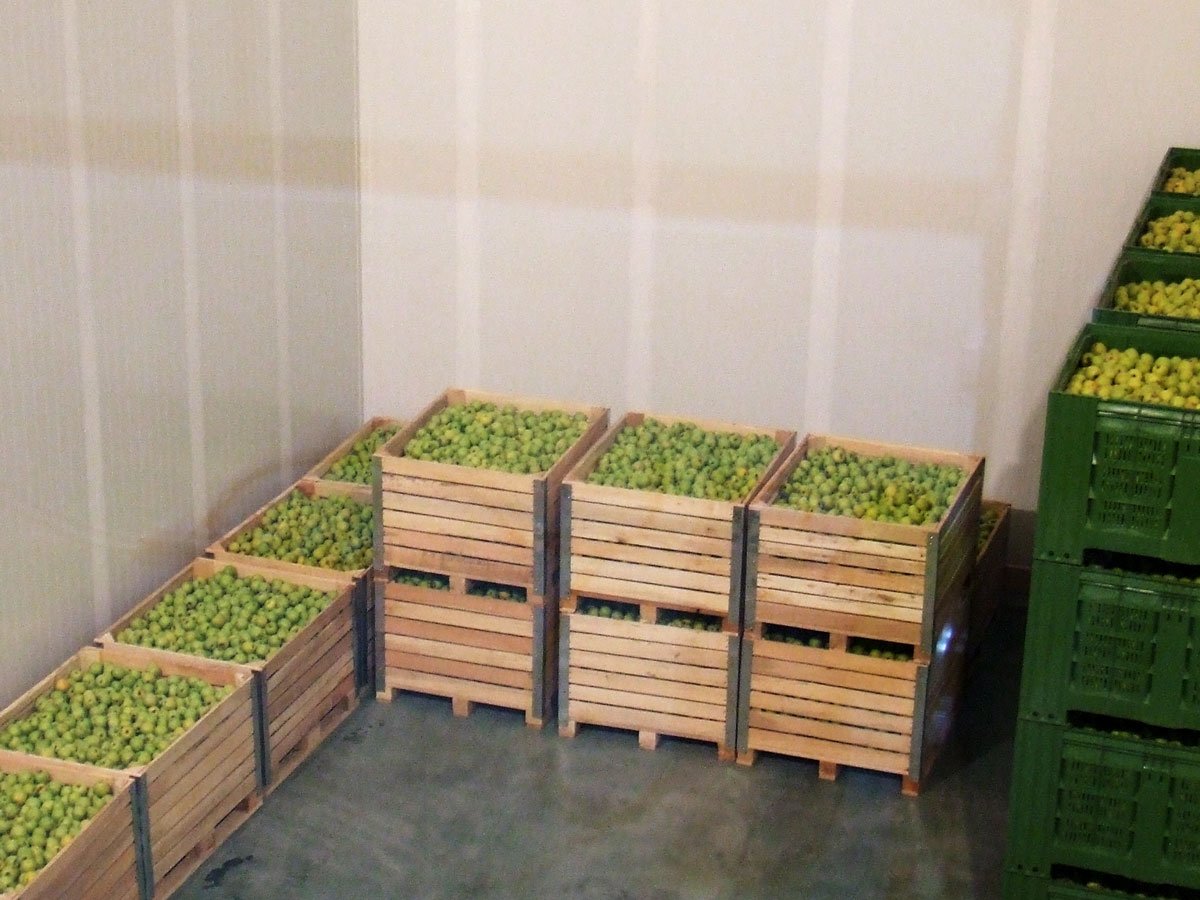Inside BENEO’s new pulse plant: pioneering sustainable protein from faba beans
The cold chain market can be facilitated by favourable government initiatives and an enhancement in technology to improve the quality of storage and transportation facilities.
The Cold Chain industry in India has a compelling future. The cold storage capacity has grown 1.2 times during 2012 to 2017. However, it is subject to a number of challenges. A majority of the cold storages are owned and operated by domestic companies. The Indian cold chain market falls behind in this, that it is unorganized and dominated by traditional cold storage facilities.
The National Centre for Cold-Chain Development (NCCD) has been established in India as per the recommendations of the Task Force on cold chain development in India. It has been set up as an autonomous centre to ensure excellence. It is a registered society which works in close collaboration with the cold storage industry and other stakeholders. It promotes and develops integrated cold chain in India for perishable fruits, vegetables and other allied agri-commodities. Thus, it aims at avoiding wastages and improving the gains to farmers and consumers substantially.
The main objectives of the centre are to recommend standards and protocols to support the cold chain infrastructure. It also suggests guidelines for human resource development and recommends appropriate policy frameworks for development of cold chain.
The cold chain market can be facilitated by favourable government initiatives and an enhancement in technology to improve the quality of storage and transportation facilities. It will then witness a transition from traditional cold storages to fully integrated cold chain projects which would bring about efficiency and increased productivity of cold chain companies. With the rising exports of seafood, dairy products and other perishable items, major players are looking to upgrade their facilities in order to store a broader variety of products under a wider temperature range.
Government initiatives such as subsidy schemes are favourable for setting up cold storage facilities. SAMAPADA Scheme and purchasing standalone reefer vehicles will further support the development of cold chain infrastructure. Moreover, major dairy companies, retail chains and online grocers such as Amul, The Haldiram’s Group and BigBasket have received federal approval to set up 101 cold chains. This will bring in an investment of INR 3,100 crore in the sector. Such developments and growing investments from public and private sector is projected to propel the market revenue.
Cold chain is expanding very slowly in developing markets across the world. India and China are making a headway, but other emerging markets still lag behind. India’s cold chain sector is expected to double in five years, with meat and seafood exports driving the growth.
Still, India’s Central Institute of Post-Harvest Engineering and Technology (CIPHET) points to 15-16% wastage of fruits and vegetables. This is happening primarily because cold storage units are placed near consumption centres rather than the farms.
To match that growth and reduce the amount of wasted produce, India needs to invest in cold chain facilities close to the farms while building a cold chain grid across the country. Currently, there is intense pressure on reefer rentals especially when it comes to seafood, meat and ice cream, as a large number of unorganized players cater to this segment. This indicates usage of more temperature-controlled vehicles to get the food to the warehouses as most of the warehouses are already cold-storage efficient.
It is estimated that the country needs about 60,000 packhouses close to the farmlands where the produce can be brought, cleaned, graded and stored in cold rooms for a few days until they are dispatched to the markets. For the packhouses and ripening chambers to be viable, there need to be anchor buyers. If multi-product food retailing is opened up for foreign direct investments, a crop of anchor buyers would evolve.
Three segments, namely, meat, seafood and bio-pharmaceuticals, will be the key growth drivers for the cold chain industry, which is likely to go grow by 13 -15 per cent in the next five years. These three segments cater mainly to the export markets, where organized players are preferred due to stringent quality requirements and regulations. This will swell the industry to Rs. 47,200 crore in the fiscal year 2022 from Rs. 24,800 crore in the fiscal year 2017.
In the seafood segment, growth may be led by shrimps, which contributed 38 per cent in volume and 65 per cent in terms of value to the total seafood exports in 2016-17. The bio-pharmaceuticals segment is also heavily dependent on cold chains. Biopharma exports are expected to grow by 18 – 20 per cent in terms of value, between 2017 and 2022. While most players operate in multiple segments for better margins and diversification, a few target only the pharmaceutical and biopharmaceutical segments where margins are higher as quality has to be maintained.
Investment in cold chains and reefers suffers due to lack of first and last mile connectivity. Besides, stiff competition and low preference of end-users, industries are often hesitant to transport via reefers (as it increases costs), and this restricts private players from investing in the segment. Greater adoption of the integrated cold chain model will help improve utilisation and draw investments. Thus, we can conclude that the market is gradually shifting towards organised players and becoming increasingly favourable for multiple products.
Gopi G, Regional Business Manager -South, Snowman Logistics

